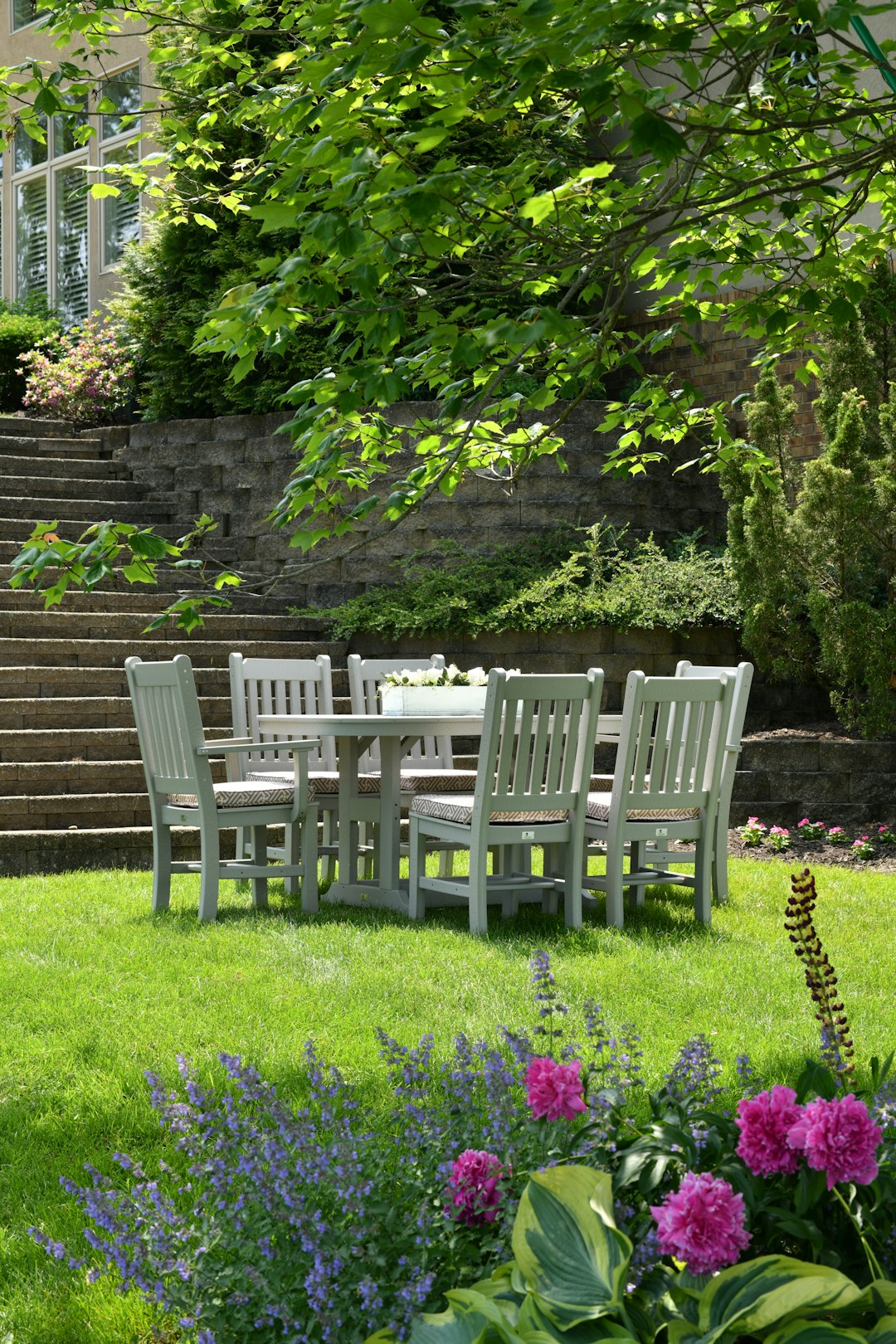In today’s fast-paced and chaotic world, finding inner peace and tranquility has become more important than ever. While some people turn to meditation and yoga to achieve this, others seek solace outdoors, surrounded by nature. One way to create a relaxing and peaceful outdoor space is by designing a Zen garden. Originating from Japan, Zen gardens have become popular around the world for their ability to promote mindfulness, reduce stress, and create a soothing atmosphere. In this blog post, we will explore the steps to create a Zen garden and find inner peace outdoors.
1. Choose the right location: Select a spot in your yard that offers privacy and a sense of serenity. It could be a corner near a tree, a secluded area by a pond, or any other spot that allows you to feel connected to nature. Make sure the area receives adequate sunlight and is easily accessible.
2. Clear the space: Before you start designing your Zen garden, clear the area of any debris or clutter. Remove any weeds, rocks, or unwanted plants. This will help create a blank canvas for your design and ensure a neat and peaceful atmosphere.
3. Plan the layout: Zen gardens often consist of specific elements, including gravel, rocks, water features, and plants. Decide on the layout of these components, keeping in mind the principles of simplicity and minimalism. A common design approach is to create asymmetrical patterns that mimic natural landscapes like mountains or rivers.
4. Incorporate gravel or sand: Zen gardens typically feature a layer of gravel or sand that represents water. Rake the gravel in a way that creates ripples or waves, symbolizing the ebb and flow of life. This is not only visually appealing but also acts as a form of meditation as you focus on the repetitive motions of raking.
5. Introduce rocks: Rocks are an essential element in Zen gardens as they represent mountains or islands. Place rocks strategically, considering their size, shape, and texture. Use odd numbers of rocks and position them in a way that appears natural. This will create a sense of balance and harmony within the space.
6. Add water features: The sound of flowing water has a calming effect, so including a water feature in your Zen garden can enhance the overall tranquility. It could be a small pond, a cascading waterfall, or even a simple fountain. The sight and sound of water will create a soothing atmosphere and make your garden a peaceful retreat.
7. Choose the right plants: Select plants that are low-maintenance and complement the Zen aesthetic. Evergreen trees, bamboo, and flowering shrubs are commonly found in Zen gardens. Incorporate plants in a way that mimics the randomness of nature, avoiding straight lines or symmetrical arrangements.
8. Decorate mindfully: Additional decorations, such as statues, lanterns, or ornamental bridges, can further enhance your Zen garden. However, it is essential to choose these elements mindfully and avoid clutter. Each decoration should have a purpose and add to the overall sense of calmness and peace.
Creating a Zen garden requires time and patience, but the rewards are well worth it. The process itself is therapeutic, allowing you to connect with nature and find inner peace. Once your Zen garden is complete, spend time in it regularly. Engage in mindful activities like meditation, reading, or simply contemplating nature. Let the stillness and serenity of your garden seep into your soul, bringing you ultimate tranquility and the much-needed escape from the chaos of everyday life.

